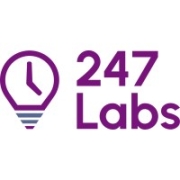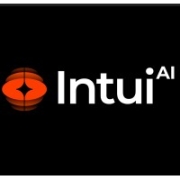Agentic Automation offers a robust solution for automating processes within organizations. It enhances efficiency by optimizing repetitive tasks and allows businesses to focus on strategic activities by minimizing manual errors.
Agentic Automation integrates seamlessly into existing workflows, making it a reliable choice for organizations looking to streamline their operations. Its user-friendly interface combined with powerful automation capabilities provides an all-in-one solution, tailored to fit diverse business needs while offering scalability as companies grow.
What features stand out in Agentic Automation?Industries such as finance, healthcare, and logistics have successfully implemented Agentic Automation to improve process efficiency and reliability. It supports them in reducing overheads while maintaining compliance and quality.
Automation solutions are beneficial for organizations as they streamline processes, reduce errors, and enable businesses to allocate more resources to innovation and growth, pushing them towards better performance and profitability.
| Product | Market Share (%) |
|---|---|
| UiPath Platform | 44.0% |
| Automation Anywhere | 38.2% |
| Moveworks | 6.3% |
| Other | 11.5% |




























Agentic Automation can significantly enhance your business processes by streamlining repetitive tasks, reducing human errors, and increasing overall efficiency. By leveraging advanced algorithms, it allows you to automate decision-making processes in real-time, leading to faster results and freeing up resources for more strategic activities. This leads to increased productivity and improved scalability for your organization.
What industries benefit most from Agentic Automation solutions?Industries such as financial services, healthcare, manufacturing, and logistics find considerable value in Agentic Automation solutions. These sectors deal with high volumes of data and complex workflows where automation can lead to enhanced accuracy and efficiency. By automating tasks like data entry, reporting, and inventory management, these industries can optimize operations and maintain a competitive edge.
How can Agentic Automation enhance customer experience?Agentic Automation can elevate your customer experience by enabling faster response times and personalized interactions. Through automation, you can ensure that customer inquiries are addressed promptly using chatbots and AI-driven support. Additionally, by analyzing customer data, your business can tailor services and recommend products that fit individual customer needs, enhancing satisfaction and loyalty.
What are the security concerns with implementing Agentic Automation?While Agentic Automation offers numerous benefits, it's crucial to address security concerns to protect your organization. Potential risks include data breaches and unauthorized access to sensitive information. Implementing robust cybersecurity measures such as encryption, regular security audits, and access controls ensures that your automated systems remain secure and trustworthy.
How does Agentic Automation integrate with existing IT infrastructure?Successfully integrating Agentic Automation into your IT infrastructure involves careful planning and assessment of current systems. The integration process includes compatibility checks with existing software, APIs development for seamless communication, and employee training for smooth adoption. By ensuring a well-orchestrated integration, you can maximize benefits without disrupting operations.